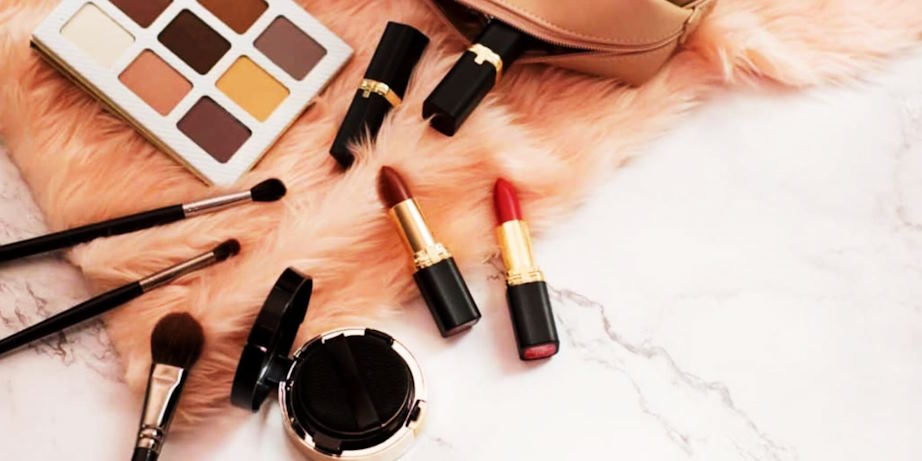The beauty industry, where aesthetics meets self-expression, has long grappled with ethical and environmental concerns. Two prominent issues, the ethical dilemma of animal testing in cosmetics and the environmental impact of makeup production and disposal, have garnered increased attention. However, there is a silver lining as the industry witnesses a surge in sustainable and cruelty-free beauty products.
Ethical Issues: Animal Testing in Cosmetics
- Historical Practices: Traditional cosmetic testing often involved subjecting animals to potentially harmful ingredients to assess their safety for human use. This practice, rooted in the industry’s history, has raised ethical concerns surrounding animal welfare.
- Public Backlash and Advocacy: Over the years, public awareness and advocacy have led to a significant backlash against animal testing. Consumers, empowered by information and a growing ethical consciousness, demand transparency and cruelty-free alternatives.
- Technological Advances: Technological advancements, such as in vitro testing and computational modeling, offer viable alternatives to animal testing. The industry’s transition toward these cruelty-free methods demonstrates a commitment to ethical practices without compromising safety standards.
Environmental Impact: Makeup Production and Disposal
- Resource Intensity: The production of cosmetics, often reliant on resource-intensive processes, contributes to environmental degradation. Extraction of raw materials, energy consumption, and water usage in manufacturing all contribute to the industry’s ecological footprint.
- Single-Use Plastics: Packaging, particularly single-use plastics, poses a significant environmental challenge. The ubiquity of disposable packaging in the beauty industry contributes to plastic pollution, impacting ecosystems and marine life.
- Waste Generation: Expired or unused products contribute to the growing issue of cosmetic waste. Proper disposal methods for makeup products, including recycling and responsible disposal, are often overlooked, exacerbating environmental concerns.
Rise of Sustainable and Cruelty-Free Beauty Products
- Cruelty-Free Certification: The growing demand for cruelty-free products has led to the rise of certifications and labels. Recognized symbols such as the Leaping Bunny or PETA’s cruelty-free certification help consumers identify products that adhere to ethical standards.
- Clean Beauty Movement: The clean beauty movement emphasizes transparency in ingredient sourcing, eschewing harmful chemicals, and adopting sustainable practices. Brands embracing the clean beauty ethos aim to minimize environmental impact while prioritizing consumer health.
- Zero-Waste Initiatives: Some beauty brands champion zero-waste initiatives, focusing on sustainable packaging and reducing environmental impact. Innovative designs, such as refillable containers and compostable packaging, are becoming hallmarks of eco-conscious beauty brands.


